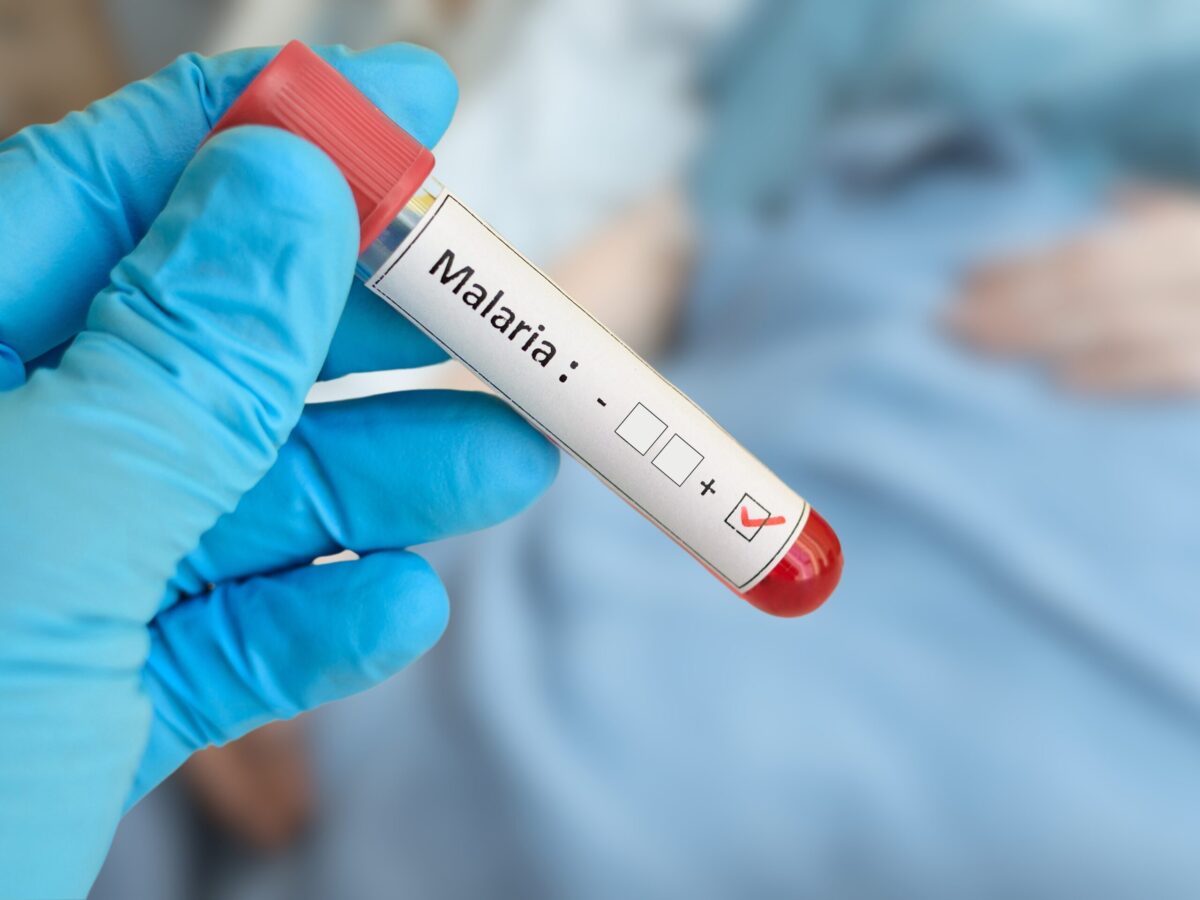Amid concerns that the current Medicare Part B system may be inadvertently encouraging physicians and other clinicians to prescribe more expensive drugs, the Centers for Medicare & Medicaid Services (CMS) have proposed changes to the plan. The new plan – known as the Medicare Part B Model – proposes a two-pronged process for supporting primary healthcare providers in their work to identify the best possible drug to prescribe to their patients.
Drugs currently covered under Medicare Part B are administered via physicians in a clinical or hospital setting. These drugs include cancer medications, antibiotics and other injectables, as well as vision care treatments. The first phase of the change would alter the reimbursement of physicians for the cost of drugs, while the second would test the benefits of value-based purchasing for hospitals and doctor’s offices.
“First and foremost, our job is to get beneficiaries the medications they need,” said Andy Slavitt, Acting Administrator for CMS. “These proposals would allow us to test different ways to help Medicare beneficiaries get the right medications and right care while supporting physicians in the process. Models like this one can help doctors and other clinicians do what they do best: choose the medicine and treatment that keeps their patients healthy”
If you’re a pharmaceutical developer or manufacturer, the proposed rules could have a direct impact on the adoption of any new drugs you develop. Here are six things you should know about the proposed changes to Medicare Part B, so you can consider new strategies for demonstrating product value and ensuring your drug will be covered.
For more on the proposed Medicare Part B drug payment model and what strategies your organization should implement to prepare for the changes, register now for this webinar presented by reimbursement policy experts.
1. Improving Incentives For Best Clinical Care
Under the current Medicare Part B plan, doctors receive lower reimbursement for drugs that are less expensive. The new model would focus on improving physician incentives for providing patients with the best care possible.
As physicians often have choices when it comes to prescribing a drug that’s best for a patient’s needs, the current system could encourage doctors to administer pricier treatments, despite the potential availability of low-cost, highly-effective alternatives. The current coverage strategy uses a formula of the average sales price for a drug plus a six percent add-on, to determine the payment for physicians and hospital outpatient departments.
Under the new plan, the add-on would be decreased to 2.5 percent but an additional $16.80 per drug per day fee payment would be added to the plan. The CMS plans to test whether this budget-neutral reimbursement system could change prescribing behavior, leading to improved patient care and better treatment value.
This change could have the potential to alter prescribers’ behavior and should certainly be taken into account when drug manufacturers are negotiating pricing and demonstrating product value. This is the only change described in Phase 1 of the CMS’ Medicare Part B Model.
The following five pricing strategies are part of Phase 2 of the proposed plan, which could commence as early as January 1, 2017.
2. Discounting Or Eliminating Patient Cost-Sharing
The CMS plans to test whether decreasing or completely eliminating cost-sharing on the part of the patient would improve access to more effective medications.
3. Feedback On Prescribing Patterns And Online Decision Support Tools
Another proposed test would involve the creation of tools that would act as an evidence-based resource for the safe and appropriate use of a drug, based on its indications. This system could also be used to collect data based on a physician’s prescribing patterns relative to their peers across the country.
4. Indications-Based Pricing
Pricing based on effectiveness for a given indication is another proposed test under the new model. This model would encourage the use of the best treatment – in terms of success rates – for a particular indication, and potentially discourage its use for unrelated indications for which it is less effective than a comparable medication.
This model would certainly put more pressure on pharmaceutical manufacturers to demonstrate a new drug’s worth for its approved indications. If a medication is less effective than a similar drug – or must be taken for a longer period of time – this test could limit coverage for that medication, potentially leading to a reduction in prescriptions.
5. Reference Pricing
This model would test the effect of establishing a set payment rate for all drugs that fall into any given therapeutic category. Of all the proposed pilot programs in the Medicare Part B Model, this could be the most problematic for pharmaceutical companies. Reference pricing is currently in practice in some European countries, and could apply pricing caps to new pharmaceuticals.
6. Risk-Sharing Agreements Based On Outcomes
In accordance with this proposed test, the CMS would be able to launch voluntary agreements with pharmaceutical manufacturers to identify the link between cost adjustments and patient outcomes.
The Future Of Medicare Part B
“These models would test how to improve Medicare beneficiaries’ care by aligning incentives to reward value and the most successful patient outcomes,” commented Dr. Patrick Conway, CMS Deputy Administrator for Innovation and Quality & CMS Chief Medical Officer. “The choice of medications for beneficiaries should be driven by the best available evidence, the unique needs of the patient, and what best promotes high quality care.”
Evaluation of the new model is set to take place over a five year period. All providers and supplies of Part B drugs will be required to participate, with each participating in a different proposed test to determine which system will work best.
Perhaps not surprisingly, some in the pharmaceutical industry are against the proposed changes. “The current Medicare Part B drug payment methodology is an effective, market-based pricing mechanism that works to control costs,” said Allyson Funk, a spokesperson for the industry trade group Pharmaceutical Research and Manufacturers of America (PhRMA). “Part B medicines represent a small and stable share of overall Part B spending and price growth for Part B drugs is below overall medical inflation. Proposing sweeping changes to Medicare Part B drug reimbursement without thoughtful consideration and stakeholder input is not the right approach and puts Medicare patients who rely on these medicines at risk.”
The proposed rule will be open for comment until May 9, 2016. Depending on which of the six alternative approaches discussed above are applied to Medicare Part B, pharmaceuticals manufacturers could face major changes to drug reimbursement.
How do you think the proposed changes to Medicare Part B will affect the pharmaceutical industry? Share your thoughts in the comments section below!
This article was created in collaboration with the sponsoring company and the Xtalks editorial team.











Join or login to leave a comment
JOIN LOGIN